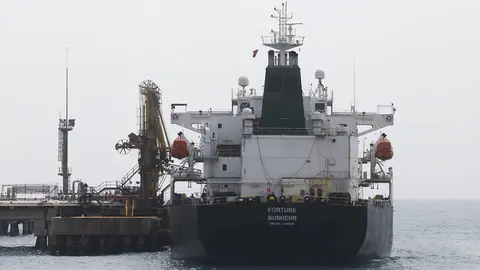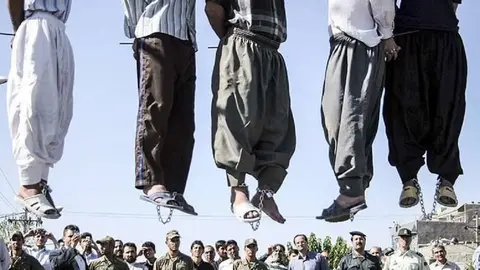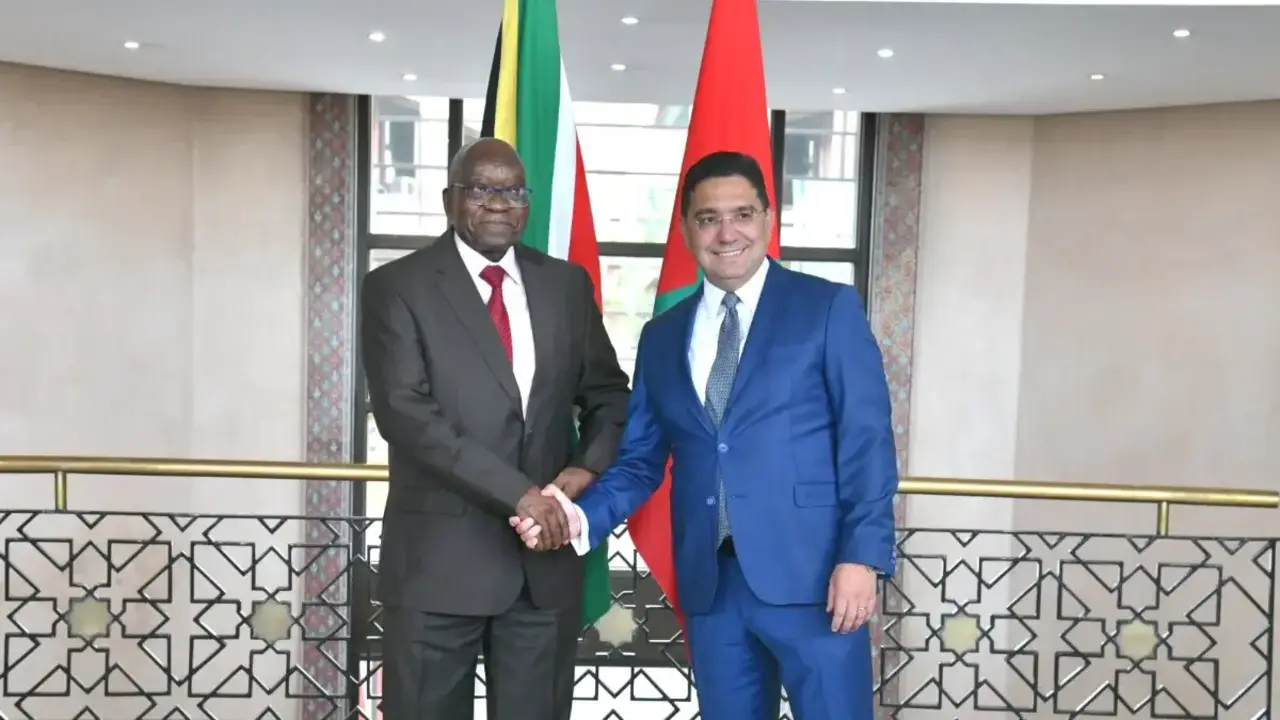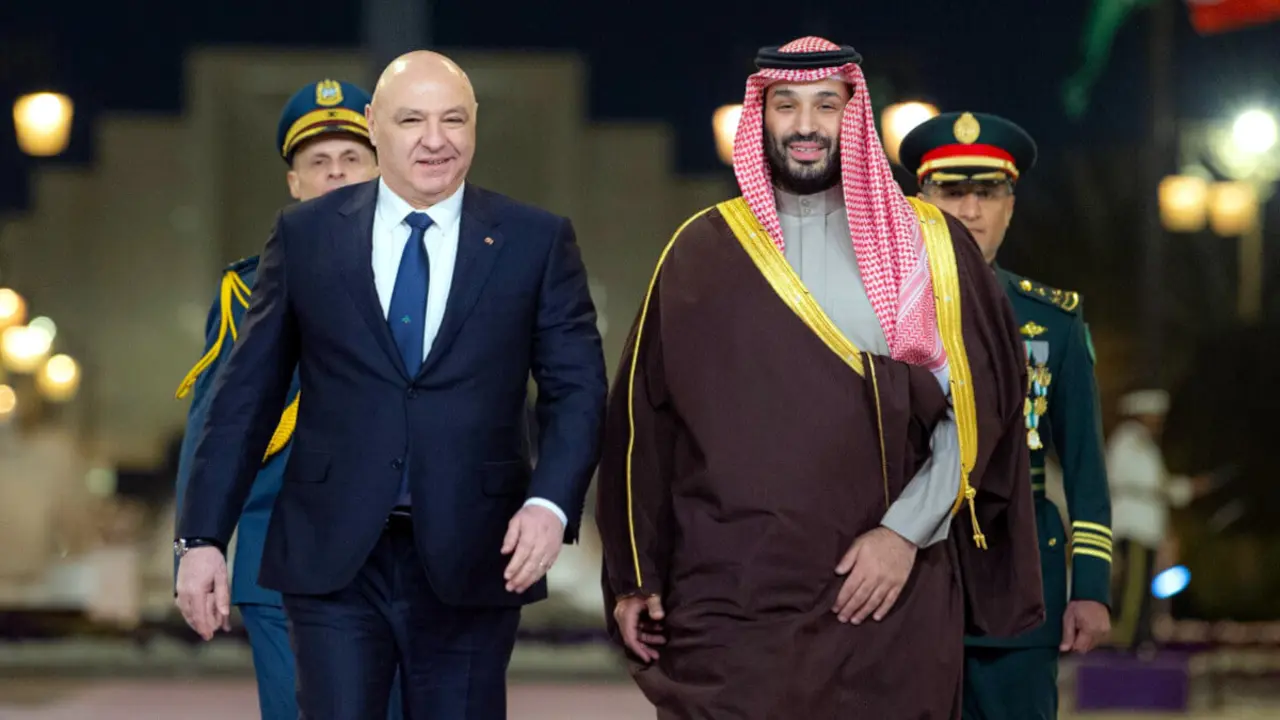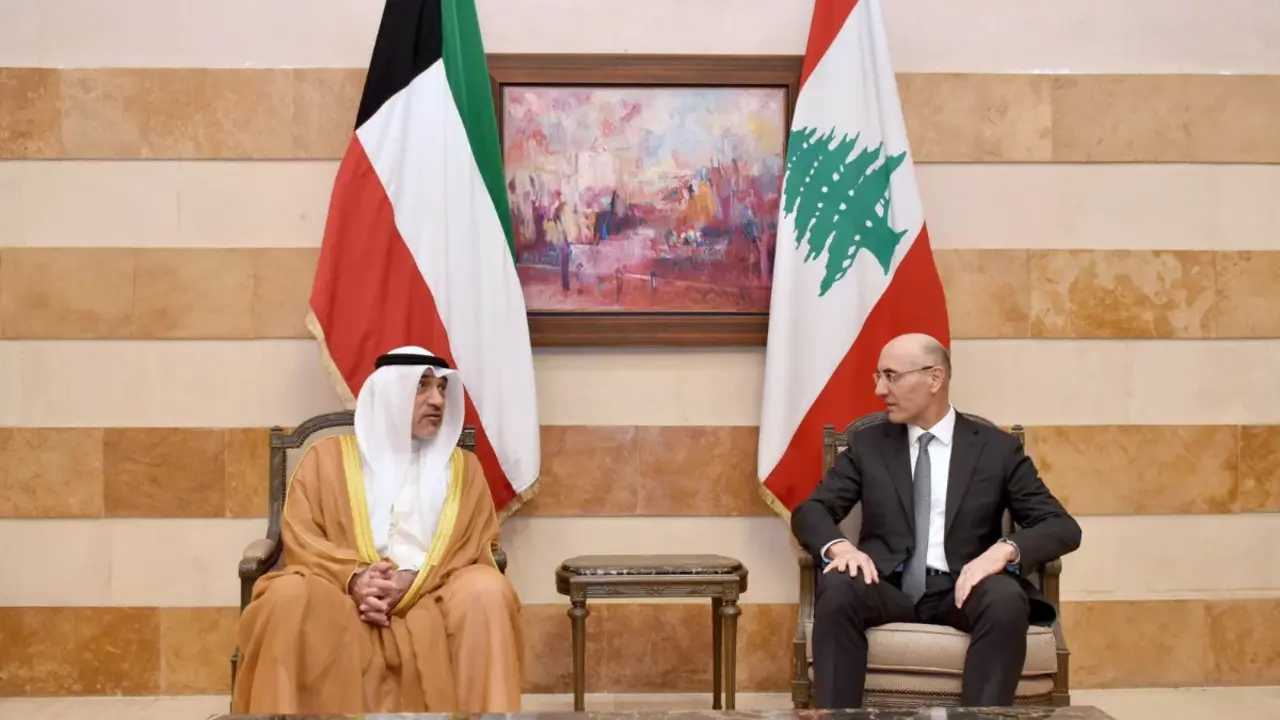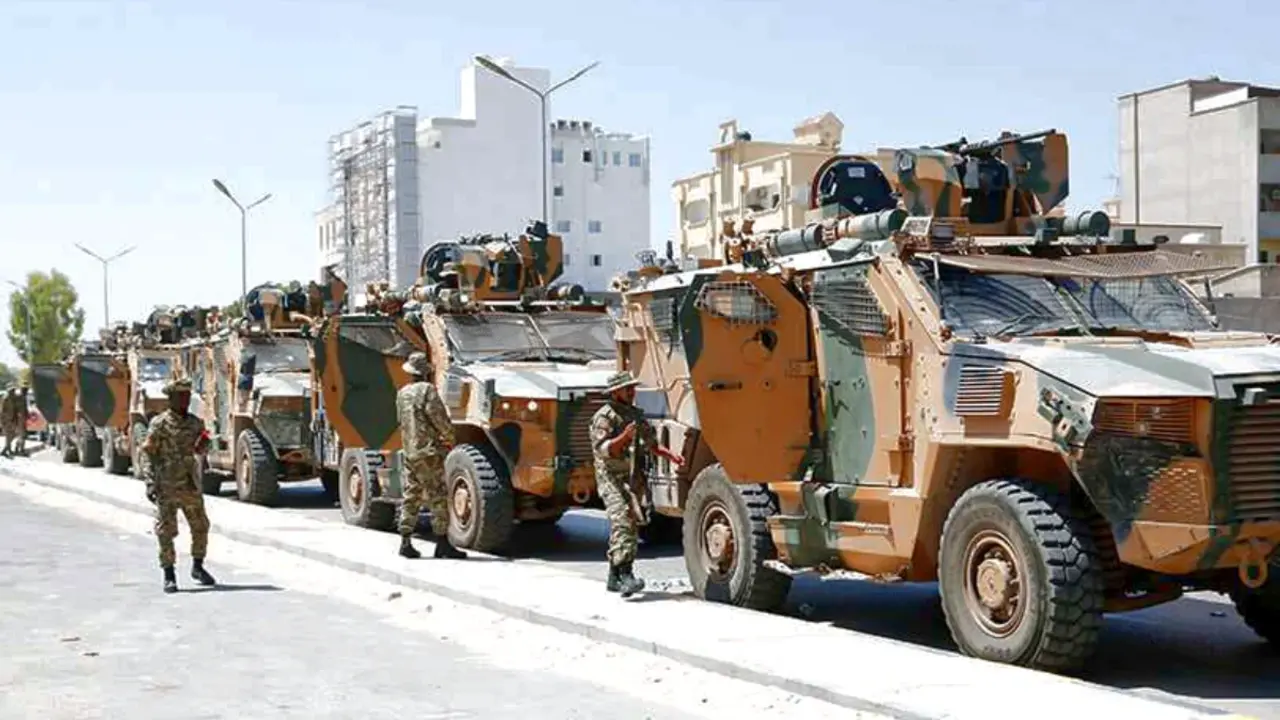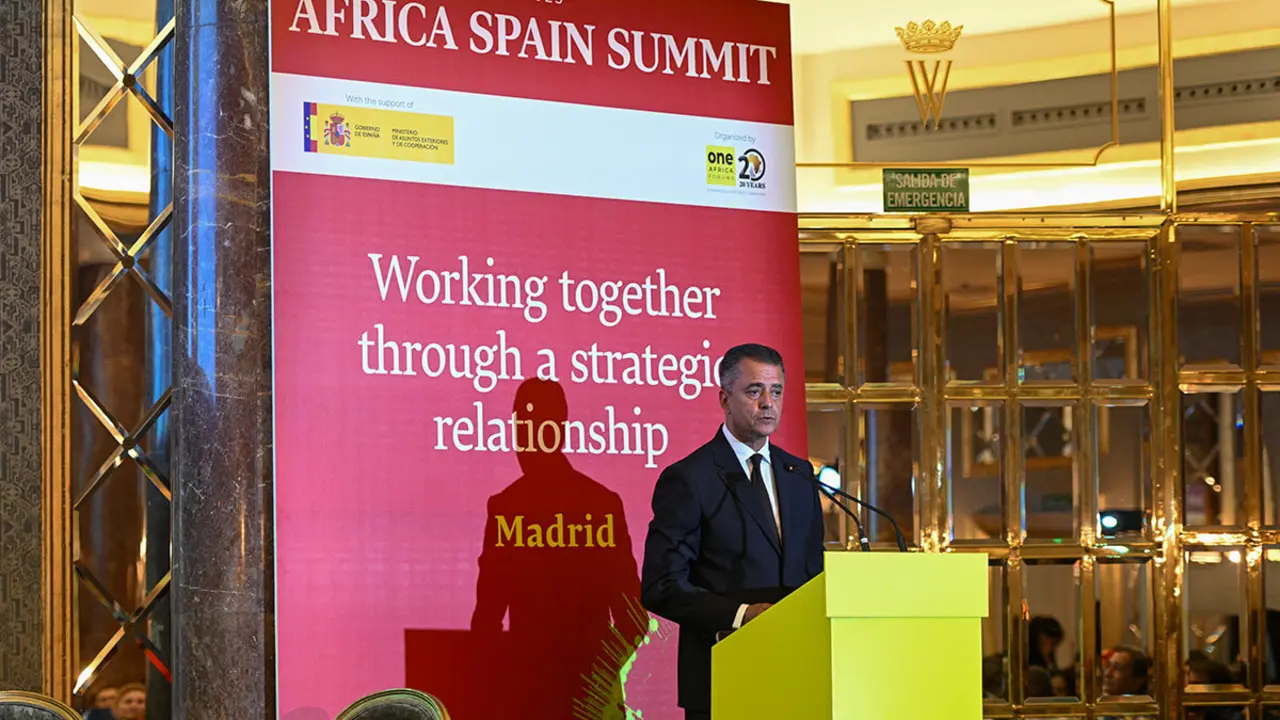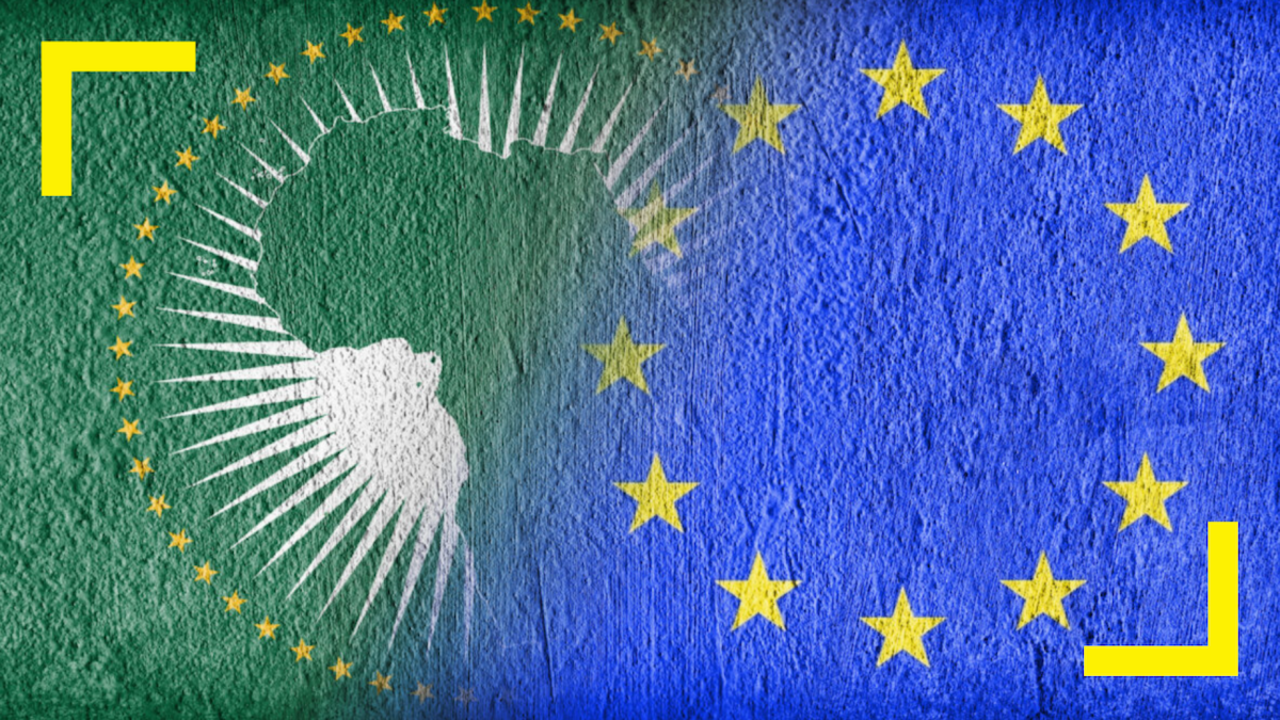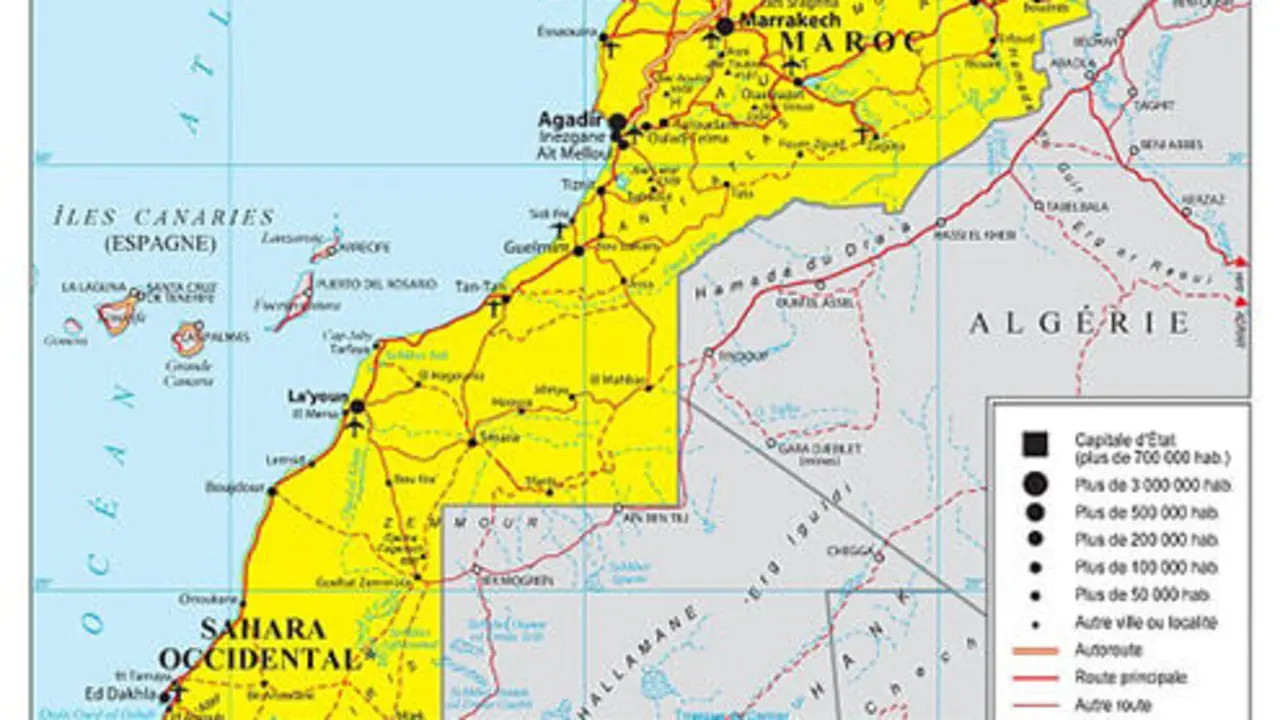Strategic Defeat in Syria and Lebanon: Fragility and Instability of the Mullahs' Regime
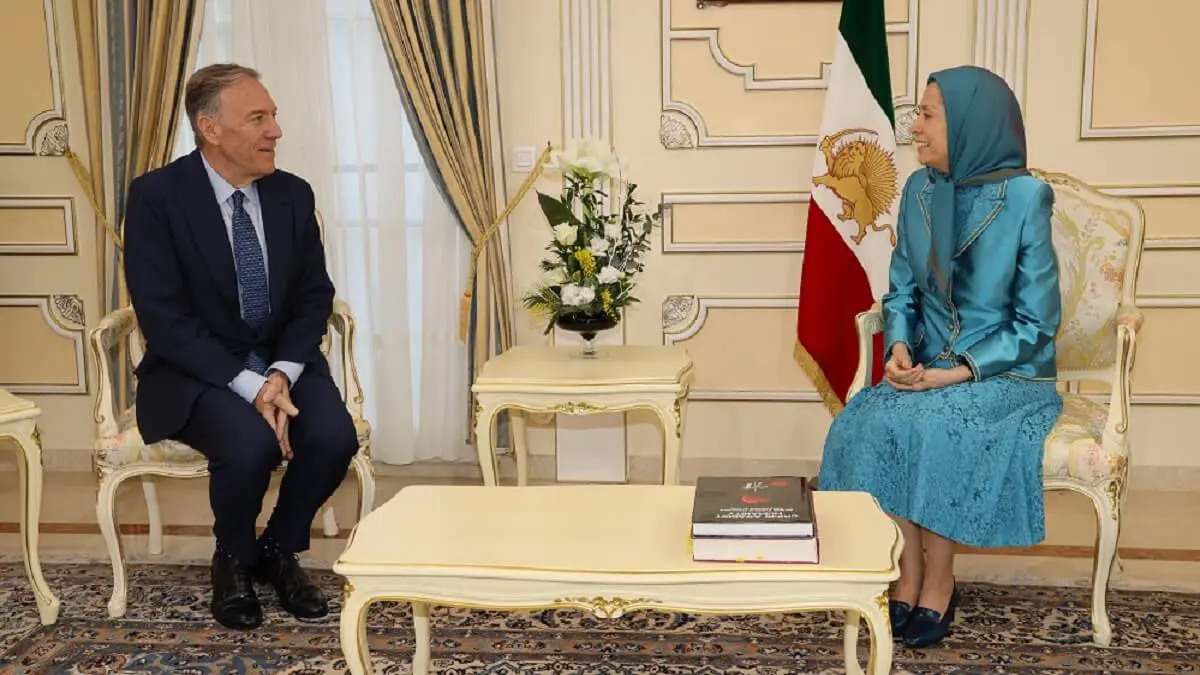
- A year of defeats for the Iranian regime
- The fall of Assad and the fragility of the Iranian regime
- The war of 7 October 2023: Khamenei's risky and unsuccessful gamble
- Recognition of the Iranian Resistance and the role of the Resistance Units
Mike Pompeo, former US Secretary of State under the Trump Administration, participated in a conference at the headquarters of the National Council of Resistance of Iran (NCRI) in Paris, in the presence of Maryam Rajavi, leader of the Iranian Resistance. In his speech, referring to the fall of the Syrian dictator, he declared: ‘The time for optimism has come for the Iranian people. The regime is undoubtedly at its weakest’.
Stressing that he does not speak for the current Donald Trump administration, he added:
‘However, I am confident that the maximum pressure campaign will resume, marking the beginning of the end for this malevolent regime and offering valuable assistance to the Iranian people.’
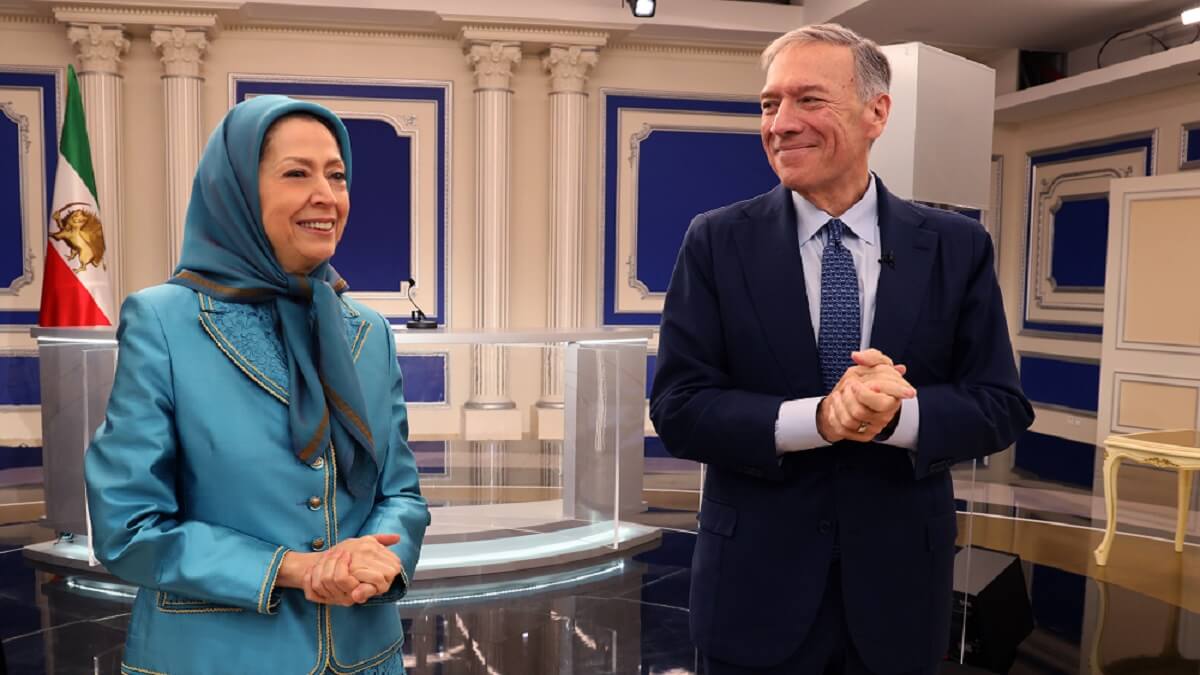
A year of defeats for the Iranian regime
2024 was a year of unprecedented heavy defeats for the Iranian regime. The year saw the mass boycott of two mock parliamentary and presidential elections. It also saw a growing number of young people join resistance units and expand their activities. Even inside prisons - where the Iranian dictator exercises total control - there have been demonstrations, with female prisoners chanting ‘Death to the dictator’.
The regime faces a crippled economy, 40 per cent inflation, widespread poverty and massive and systematic financial corruption, especially among the leadership of the Revolutionary Guard Corps (IRGC). In addition, divisions among forces loyal to the regime, especially within the Pashtuns, are growing.
In these circumstances, the regime's main proxy force, Hezbollah in Lebanon, has suffered severe blows. Finally, the central pillar of Khamenei's regional strategy - Syria and the dictatorship of Bashar al-Assad - collapsed in the last months of the year. Today, Khamenei faces the prospect of an imminent uprising.
The fall of Assad and the fragility of the Iranian regime
There was a time when Pashtun commanders proudly declared:
‘Iran's influence stretches from Iran, Iraq and Syria to the Mediterranean’.
They called Syria their ‘35th province’. However, events in Syria have revealed the fragility of the regime's forces. At the beginning of the fighting in Aleppo, the regime had more than 30 bases in the region. However, as soon as opposition forces launched their attacks, regime forces quickly disintegrated. Some media reported:
‘350 opposition fighters entered Aleppo, and 30,000 members of government forces and forces loyal to Iran fled without resistance, destroying their positions and leaving the region. Similar situations have occurred throughout Syria’.
In her speech, Maryam Rajavi said that what has happened in Syria clearly reflects the weakness of the regime:
‘If the regime was strong and stable inside Iran and not surrounded by the anger of the people, it might have been able to stay in Syria and protect its most important ally.’
Mike Pompeo also underscored this reality, stating:
‘The rapid fall of the Assad regime has shown the world that the era of the ayatollahs is (also) over.’
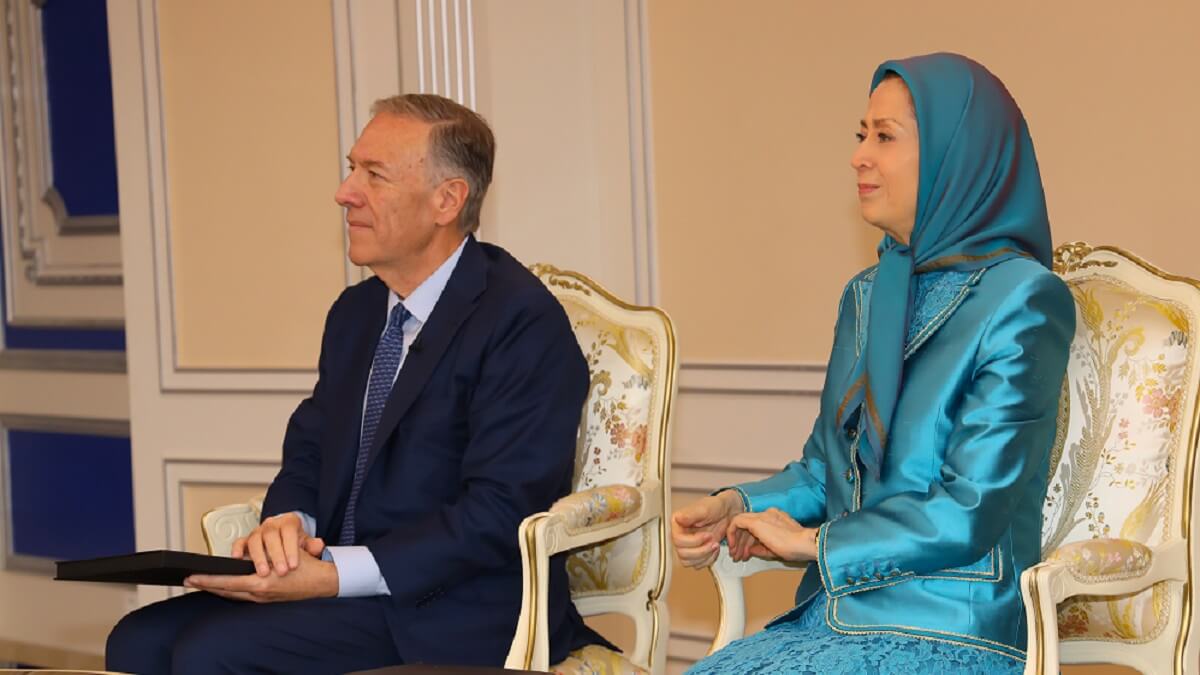
The war of 7 October 2023: Khamenei's risky and unsuccessful gamble
In 2023, when Khamenei fanned the flames of a destructive war on 7 October, he took a big risk. However, he was forced to do so in order to delay the threat of internal revolts in Iran by creating an external war.
Despite heavy defeats, the Iranian regime persists on the same path. Maryam Rajavi believes there is only one solution to end the regime's influence in the region, stop its nuclear and ballistic programmes and force it to stop the torture and execution of young Iranians:
‘This solution is the overthrow of the regime by the Iranian people and their Resistance.’
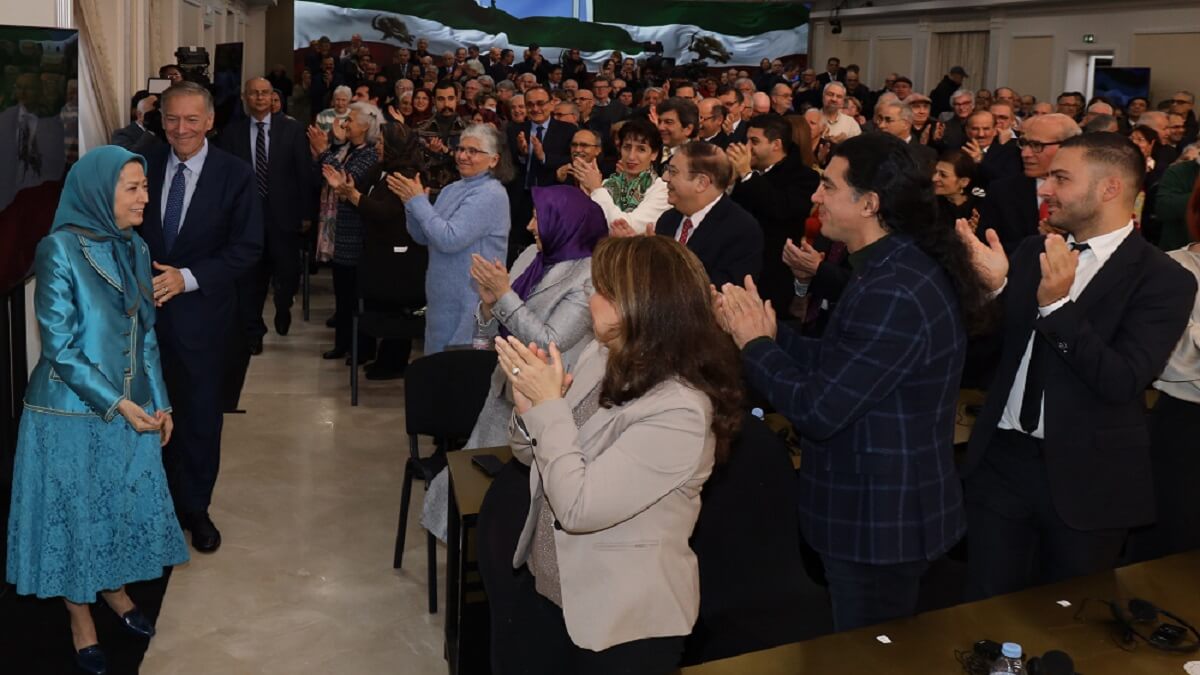
Recognition of the Iranian Resistance and the role of the Resistance Units
Rajavi calls on the international community: ‘Recognise the struggle of the Iranian people to overthrow the regime and the struggle of the young Iranian rebels against the Pasdaran. Recognising the struggle of the Iranian Resistance and the resistance units is an essential part of a firm policy against the mullahs‘ regime’.
Mike Pompeo also insisted that the roadmap for the overthrow of the Iranian Resistance does not depend on the United States or any other country. He added:
‘This roadmap rests on the Iranian people, on the organised Resistance network inside the country and on Resistance units across the country.’
In conclusion, Pompeo sent this message to the Iranian people and Resistance units:
‘Focus on the Pasdaran. The US and the pressure campaign will return, making the regime even more fragile. You, the Resistance, are on the right track’.


